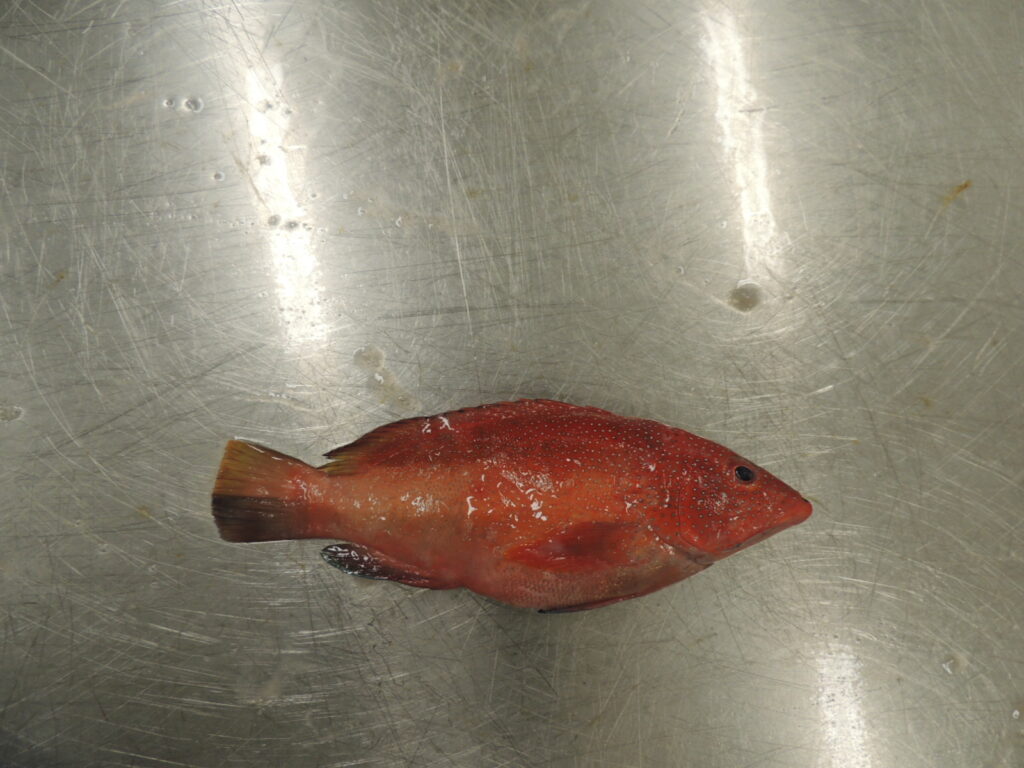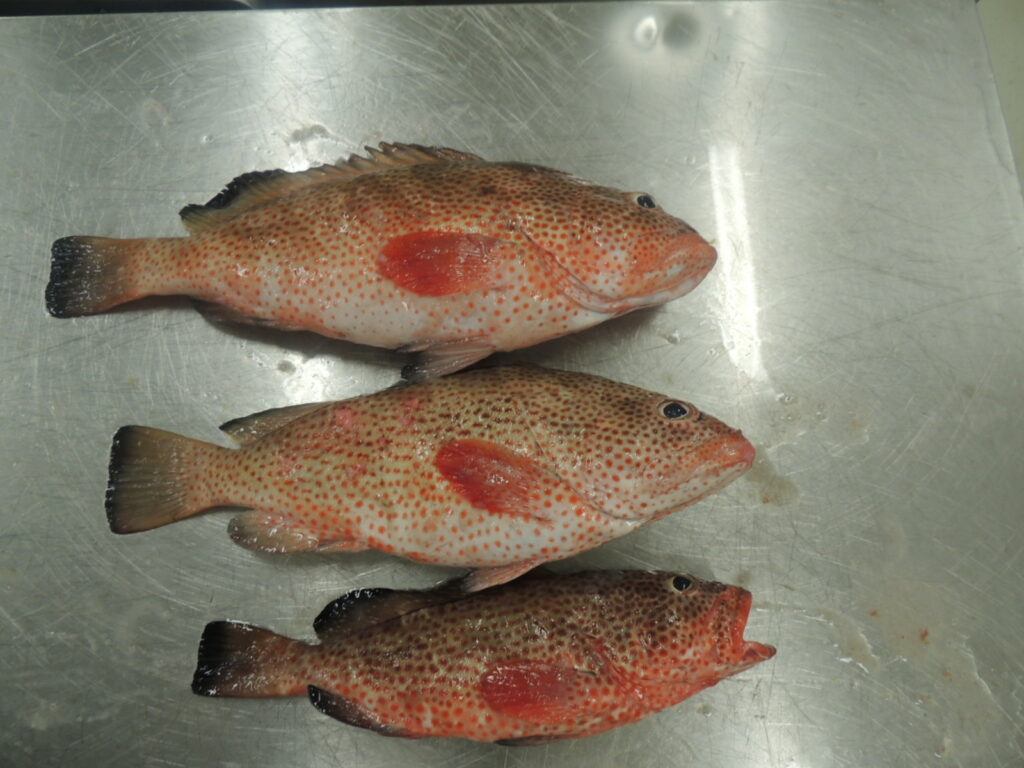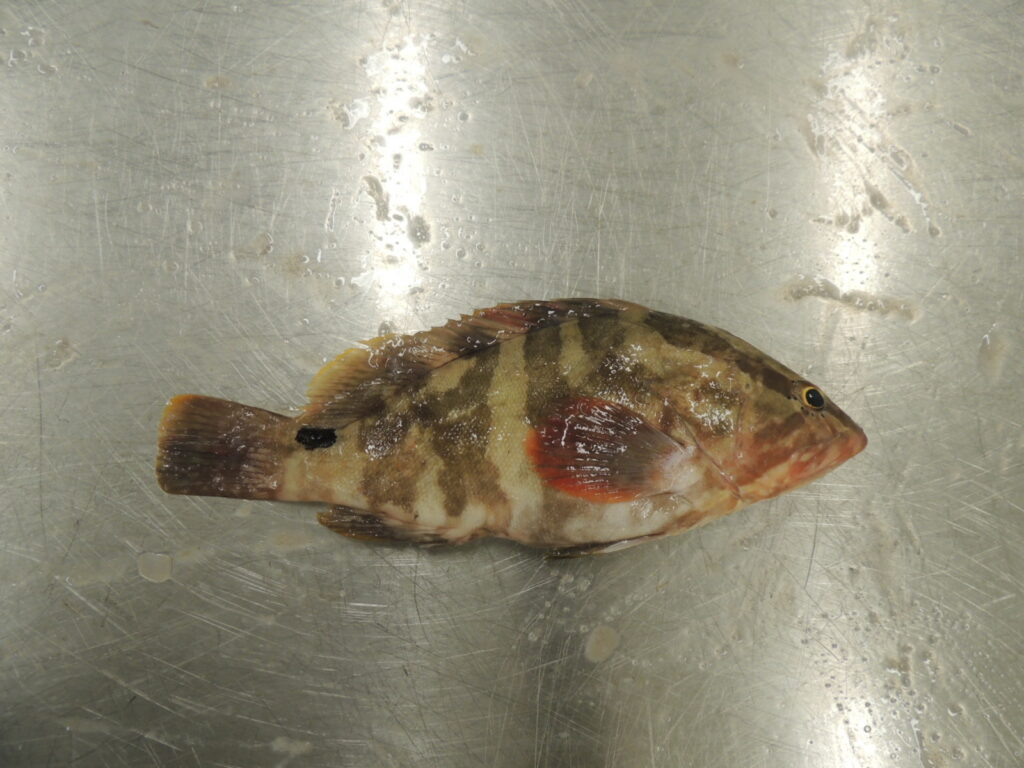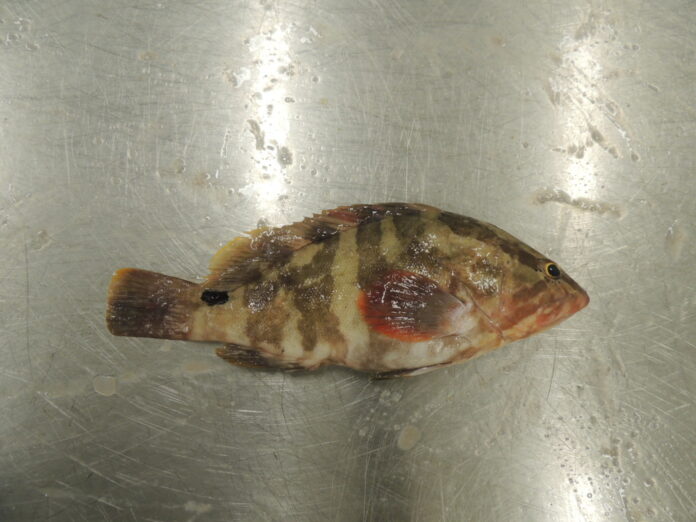By Tricia Lovell
Fisheries closed seasons are conservation measures applied by fisheries managers in order to control fishing effort on vulnerable, threatened or endangered species. On January 1, Antigua and Barbuda entered the closed season for three species of grouper: Nassau grouper, red hind and coney. This temporary closure of the fishery occurs for three months each year, from January 1 to March 31. During this period, it is illegal to harvest, sell, purchase, or have in your possession any of the listed grouper species. The closure applies not only to fishers but to all consumers, including supermarkets, hotels, restaurants, vendors, and householders.
Closed seasons are an effective conservation tool for managing grouper fisheries because of how these species reproduce. Groupers spawn in aggregation, meaning that these fish gather at a location and release their sperm and eggs to start the reproductive process. Such aggregations occur at the same time period and generally in the same area, each year. Because the groupers gather at a location, it makes them particularly vulnerable to overharvest. If fishers are allowed to harvest such spawning aggregations, populations may be unable to recover, leading to localized or wide-spread collapse of the fishery. In the case of the Nassau grouper, fishing within aggregation areas has resulted in the species being endangered throughout its range; it has been classified as critically endangered by the IUCN, red list.



Groupers belong to the family of fish called Serranidae, which contains about 450 species worldwide. As previously noted, the temporal closure of the fishery in Antigua and Barbuda applies to three species within the family of serranids. It is, therefore, legal to harvest and sell other species of groupers during this period. To assist consumers and retailers in determining which species are not allowed to be harvested between January and March the following descriptions are provided.
Red hind has a greenish grey to light brown colouration which fades to white as you move towards the stomach. It is most easily recognised by the presence of many orange-red/brown spots around the body, as well as five faint diagonal bars along the side. Red hinds are medium size fish with average length of about 40 cm and may reach a maximum length of 75 cm.
Coney, also called butterfish, is an elongated fish with a curved profile. It has several colour phases throughout its life cycle but is most often landed in the deepwater phase, which is red with numerous small dark-edged pale blue spots about the head and body. The maximum reported size of a coney is 41 cm.
Nassau groupers are relatively large fish and can grow to a maximum length of 4 feet, weighing over 50 pounds. Like other grouper species, the colouration of Nassau grouper may vary, ranging from a light buff colour in shallow waters to pinkish red in deeper waters. They are most easily identified, however, by the presence of five irregular, dark brown bars that run vertically along each side of the body. They also have a large black saddle on the caudal peduncle, ie, the area between the body and the caudal/tail fin. The Nassau grouper is sometimes confused with the Warsaw grouper which has a mottled dark brown colouration which fades to a lighter brown on the lower sections of the body, as well as the red grouper which has a light or rusty red colour with white spots and large blotches about the body. Neither the Warsaw grouper nor the red grouper has the telltale black saddle on the caudal peduncle as in the case of the Nassau grouper.
Fishers, consumers and all retailers are asked to observe the grouper closed season for the benefit of all and to ensure the continued sustainability of the resource. All are reminded that persons violating the closed season may be fined up to $50,000.
If you have any information on this or other fisheries violations, please contact the Fisheries Division at 462-1372 or 462-6106 or via email at [email protected]. Persons may also leave a message via our Facebook page.

